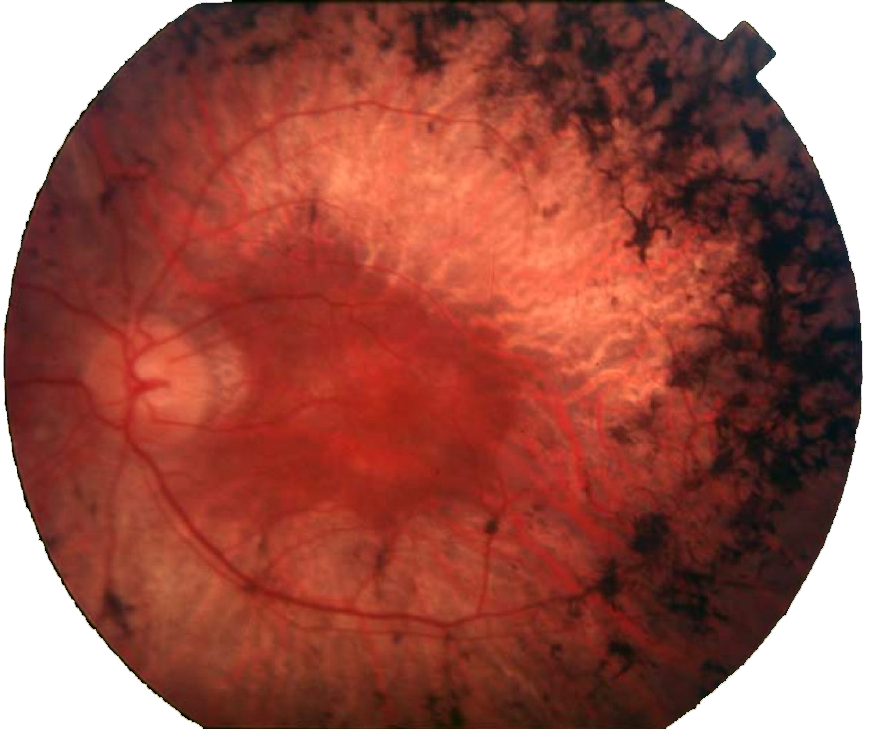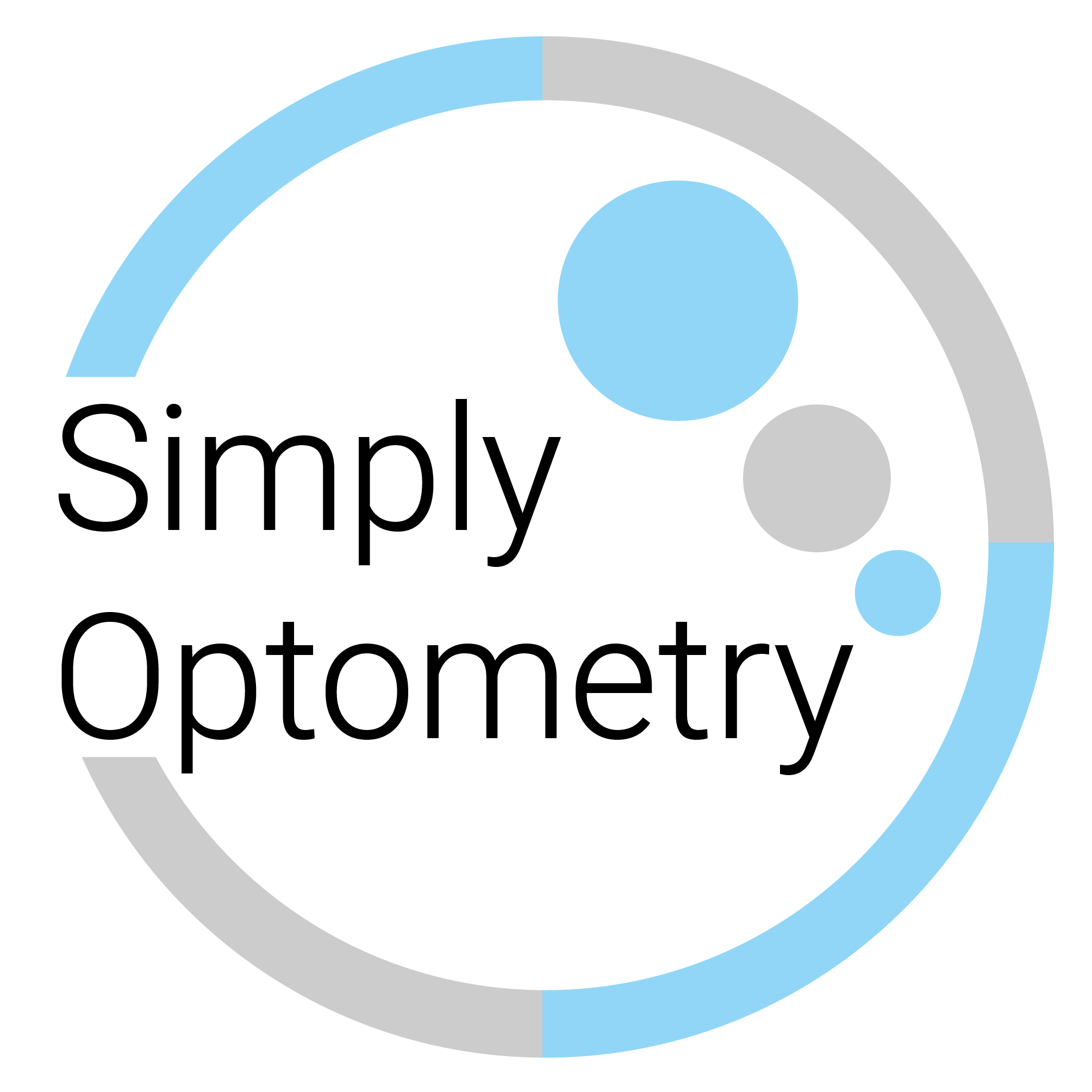WHY DILATED EYE EXAMS?
We love providing our patients with crisp and clear vision through glasses and contacts, but we also make sure that our patients' eye health allows their vision to stay that way. Simply Optometry is proud to provide all of our patients with full-scope optometric eye care. Most importantly, this type of comprehensive eye care includes dilated eye examinations, which allows our doctors to perform a complete evaluation of the health inside your eyes.
WHAT IS A DILATED EYE EXAMINATION?
A dilated eye examination, or dilation, is a procedure in which we instill eye drops to open up the pupil in order to thoroughly examine the interior of your eye. These drops are safe, and the most common side effects are blurry vision and light sensitivity. Certain conditions such as pregnancy, forms of glaucoma, or allergies to the dilating eye drops make it unsafe to dilate, so the doctor will always determine whether it is safe to proceed with the procedure.
The eye drops used for dilation require about 15-20 minutes to reach their full effect, and your eyes will remain dilated for up to 4-6 hours. Because of the expected blurry vision and light sensitivity, it is never recommended to drive after the procedure, and if you must be outside, tinted glasses with UV protection is required.

WHO NEEDS A DILATED EYE EXAM?
All of our patients are recommended to have the procedure done on their first visit. Depending on the health of your eye, a dilated eye examination will typically be done annually, and may be required more frequently than that if any high risk conditions are detected. Individuals with good overall health and no known eye conditions may have a dilated exam every 2 years as recommended by the doctor. It is standard of care for anybody with diabetes to be dilated at least annually.
Sometimes a dilated eye examination is required to determine the cause of certain problems such as floating spots in your vision, visual light flashes, blurry vision, among others. Based on the situation, the doctor will determine the necessity of dilation in order to diagnose and treat the vision and eye-related problems you are having.

WHAT CAN BE DETECTED?
The main structures of the eye that we can see with a dilated eye examination are the retina, optic nerve, vitreous, and crystalline lens. These are some of the most important structures in your eye. Some important conditions that can be diagnosed during a dilated eye examination include macular degeneration, diabetic retinopathy, retinal detachment, posterior vitreous detachment, glaucoma, and cataracts. All of these conditions can affect vision, and in some cases, may result in blindness if left undetected. As is true with most conditions, early treatment and detection is usually very important in determining the prognosis of almost any eye problem.
HOW DOES THE DOCTOR EXAMINE MY EYES?
After the eyes are fully dilated, the doctor is able to use a combination of high powered lenses and lights to examine the interior of your eyes. The dilated eye examination itself is very brief- typically no more than 10-15 minutes- and painless, though there may be some temporary discomfort from the lights.
Without a dilated eye examination, it may be impossible to detect any potentially dangerous eye diseases and disorders as well as any overall health conditions that are potentially blinding or worse. If you are unable to have the procedure on the same day of your comprehensive eye examination, then we strongly recommend rescheduling the procedure on a later date.
